The ignition module in a Ford vehicle serves as the orchestrator of engine ignition, a pivotal role in managing the timing of the spark that ignites the fuel-air mixture. Deliberately bypassing this module carries significant risks that range from engine misfires to total system failure.
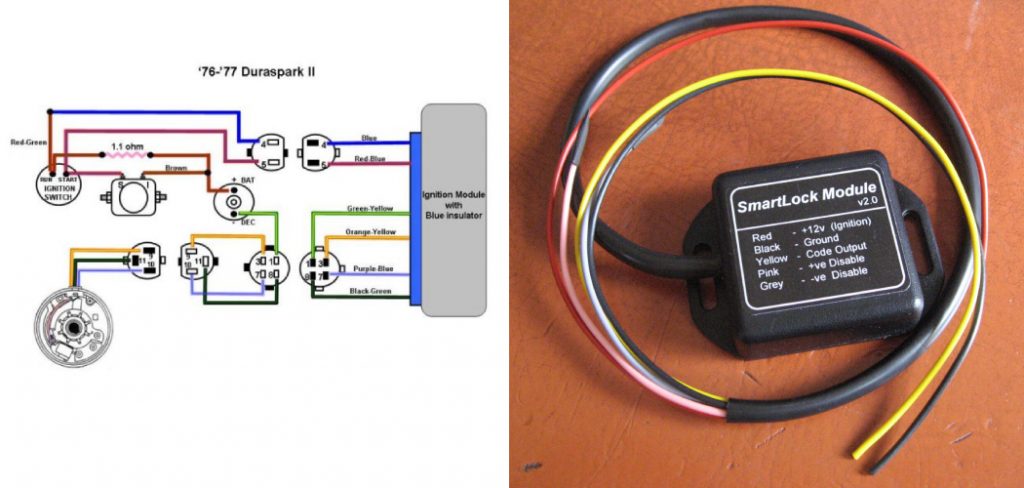
Additionally, tampering with a vehicle’s factory settings can have legal repercussions and void warranties. This guide on how to bypass ford ignition module is designed for skilled individuals such as experienced mechanics or knowledgeable DIY enthusiasts who approach such modifications with caution and an understanding of the potential hazards involved.
Understanding the Ford Ignition System
Ford vehicles utilize various ignition systems, with the two primary types being Distributor-based and Coil-on-Plug systems. The Distributor-based system, commonly found in older models, uses a single coil that sends high-voltage current to a rotating distributor arm.
This arm aligns with contacts inside the distributor cap, corresponding to each spark plug, thereby routing the current to the correct cylinder at the appropriate time.
In contrast, modern Ford vehicles often employ a Coil-on-Plug ignition system. Each spark plug has an individual ignition coil controlled directly by the engine’s computer, allowing for more precise timing and a stronger spark. This system’s direct nature significantly improves efficiency and performance over the distributor-based configuration.
Key components of the Ford ignition system include the ignition module, crankshaft sensor, camshaft sensor, and spark plugs. The ignition module acts as the command center, interpreting signals from the sensors and governing the electrical current supplied to the coils.
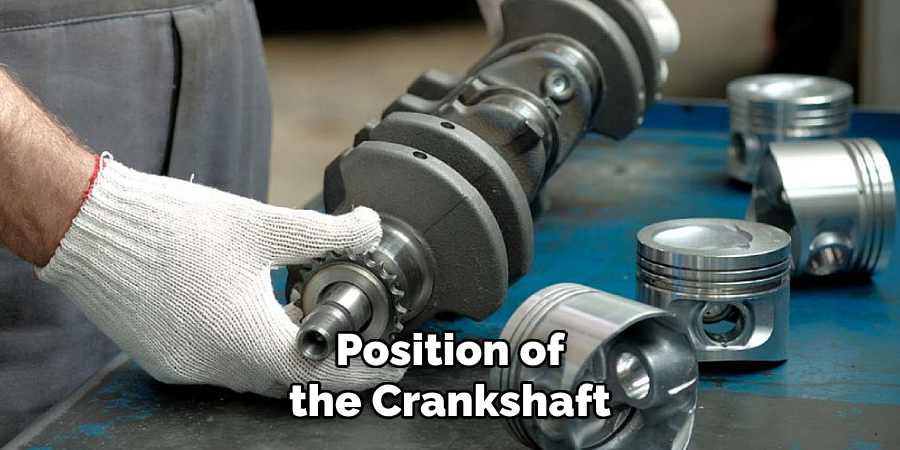
The crankshaft sensor monitors the rotational speed and position of the crankshaft, which determines engine timing. Meanwhile, the camshaft sensor tracks the position of the camshaft, helping to synchronize the injection of fuel with the opening of the appropriate valves.
The basic functioning of the system involves the onboard computer, also known as the engine control unit (ECU), which processes the data received from the sensors. Using this information, the ECU directs the ignition module to trigger the coils immediately.
This precise spark timing ensures that the fuel-air mixture within the cylinders ignites optimally, resulting in efficient engine performance and fuel economy.
Understanding how the ignition module controls spark timing is pivotal in grasping the core principles behind engine ignition. The module receives sensor inputs to time the spark with the movement of the pistons.
At the correct moment in the engine’s combustion cycle, it signals the coil to release its stored energy, creating a spark across the spark plug’s gap, igniting the compressed air-fuel mix. This controlled explosion forces the piston down, producing the mechanical power needed to drive the vehicle.
Signs of a Faulty Ignition Module
When troubleshooting Ford’s engine performance issues, several key symptoms may point to a potential problem with the ignition module. One common sign is the engine cranking but failing to start, where all other systems seem functional. This indicates that the module may not be effectively interpreting sensor data to time and trigger the ignition process.
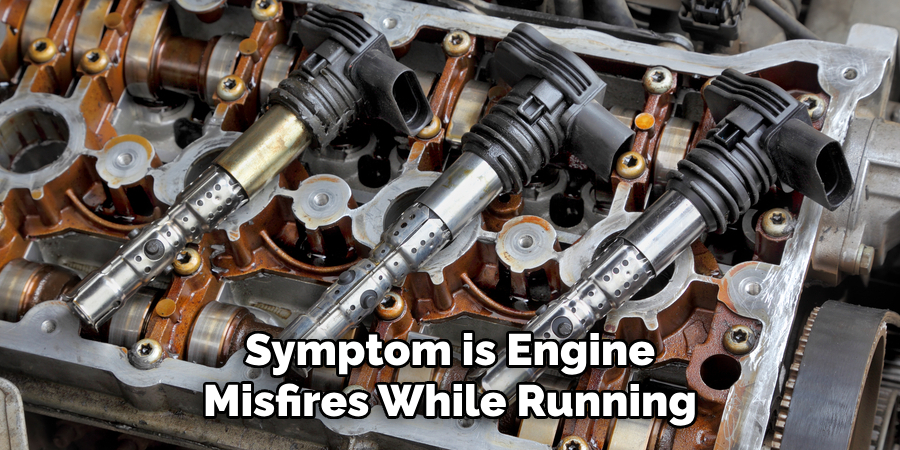
Another frequent symptom is engine misfires while running, resulting in uneven power delivery and a sputtering sensation. Additionally, unexpected stalling or an engine that cuts off during operation can also suggest a faulty module, as the vehicle’s ability to maintain ignition and combustion becomes compromised.
However, similar symptoms can arise from other issues within the ignition system, such as a bad crankshaft sensor or worn spark plugs, and they shouldn’t automatically be attributed to a malfunctioning ignition module.
A faulty crank sensor can fail to provide accurate timing data to the module, leading to imperfect spark timing, while degraded spark plugs may struggle to ignite the fuel-air mixture efficiently, mirroring the hesitation or stalling associated with module failure.
Therefore, it’s important to underscore the necessity of a comprehensive diagnostic procedure to confirm the root cause. A thorough inspection might include checking the engine error codes with a diagnostic scanner, examining the condition of the spark plugs, and testing the sensors’ resistance and output.
Only after carefully ruling out other causes should an individual proceed with considering how to bypass ford ignition module, keeping in mind that this should be a temporary measure or a step in pinpoint recovery rather than a permanent solution.
When Bypassing the Module is NOT Recommended
Bypassing the ignition module in your Ford should be approached with extreme caution, as it can lead to an array of unintended and potentially hazardous consequences. Directly interfering with the vehicle’s ignition system without a thorough understanding of its intricate workings can increase the risk of engine damage due to improper spark timing.
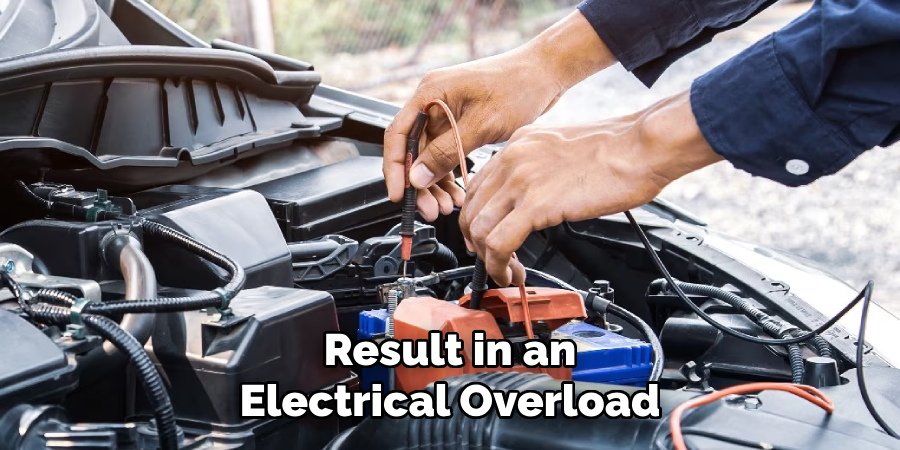
This mismanagement may result in an electrical overload or, in worst-case scenarios, raise the potential for a fire risk. Moreover, bypassing the module could inadvertently harm the vehicle’s electrical circuitry, leading to costly repairs that can surpass the price of replacing the module itself.
It is strongly recommended to avoid bypassing the ignition module in everyday situations, especially if alternative solutions are available. Should the module prove defective, replacing it outright is typically the safest and most effective solution.
Seeking assistance from a professional technician is also advisable, as they are equipped with the specialized knowledge and diagnostic tools necessary to address the issue without compromising the integrity of the vehicle’s engine and electrical systems.

Prioritizing safety cannot be overstated—it is essential to avoid unnecessary risks that can endanger the driver, passengers, and others on the road. While bypassing the ford ignition module might seem like a quick fix, it can have severe repercussions that ultimately undermine the vehicle’s reliability and the operator’s well-being.
Disclaimer and Legal Considerations
It is important to acknowledge that tampering with a vehicle’s safety systems, such as the ignition module, can have serious legal implications. This document is provided for informational purposes only, and the author disclaims any liability for misuse of the information or any damages that may arise as a result.
Vehicle owners are strongly encouraged to adhere to safe practices and to consult with a certified technician before making any alterations to their vehicle’s ignition system. Remember that the safety of all road users is paramount, and responsible use of this information is essential.
Important Safety Precautions
In the interest of safety and legal responsibility, it is crucial to reemphasize the inherent risks associated with bypassing an ignition module. Not only does this action skirt the manufacturer’s design specifications, but it also presents substantial risks of electrical mishaps, engine damage, and an increased chance of vehicle fires.
Therefore, these modifications carry serious legal implications due to the tampering of safety-related components, which can also impact insurance coverage and warranty status.
The requisite technical expertise and appropriate diagnostic tools are fundamental to ensuring a safe and responsible approach. Without these, even well-intentioned repairs can lead to further mechanical complications or jeopardize personal safety. It is strongly recommended that such tasks are only undertaken by individuals with a deep understanding of automotive electronics and engine management systems.
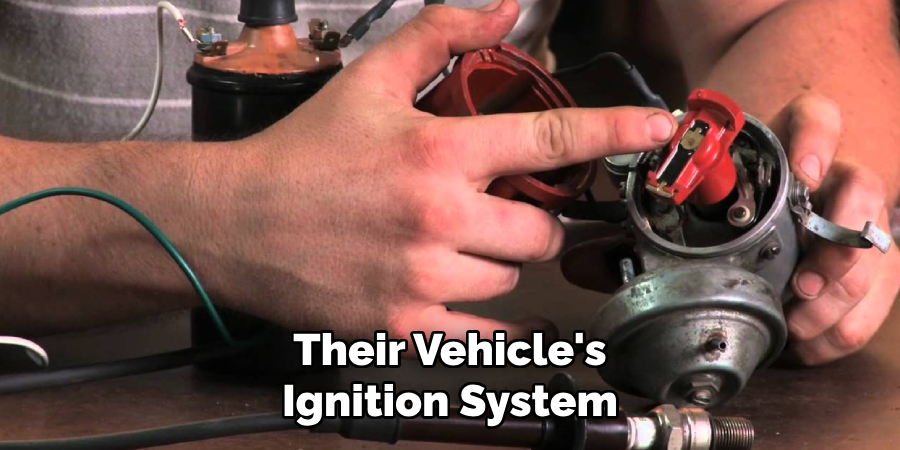
For those considering any work on their vehicle’s ignition system, and especially if any step of the process remains unclear or difficulties arise, the immediate recourse should be consulting a qualified and experienced mechanic.
Professional technicians possess the specific skill set and experience to navigate these complex systems safely and are the most reliable source for quality advice and service, ensuring that the work done does not inadvertently lead to larger, more dangerous issues. Always prioritize legal compliance, personal safety, and vehicle integrity when dealing with critical vehicle components.
Tools and Materials Required
For a successful bypass of a Ford ignition module, you will require specific tools and materials pertinent to your Ford model and the bypass method you’re using. The list typically includes:
- A multimeter for testing electrical connections.
- A flathead and Phillips screwdriver set.
- An assortment of wrenches for disconnecting the battery and module.
- Insulated gloves for electrical safety.
- Replacement wiring, if necessary.
- A correct wiring diagram for your particular Ford model.
- Insulating tape.
Always obtain these tools from reputable hardware or automotive specialists. Ensure you’re utilizing any specialized equipment according to the manufacturer’s recommendations to maintain the safest standards.
Choosing a Bypassing Method

Selecting an appropriate method to bypass a Ford ignition module requires a thorough evaluation of several factors to ensure safety, compatibility, and effectiveness. Common bypassing methods include the resistor bypass and the installation of an aftermarket ignition system.
Resistor Bypass
This method involves using a resistor to mimic the resistance value of a working ignition module, allowing the engine to start. The advantages of this approach are its simplicity and cost-effectiveness. It requires minimal technical knowledge and can serve as an interim solution.
However, there are significant disadvantages. It lacks the sophistication of modern ignition systems and can lead to inaccurate spark timing, potentially resulting in diminished engine performance, increased emissions, or engine damage over time.
Aftermarket Ignition System Installation
One may consider installing an aftermarket ignition system for a more permanent solution. These systems are designed to enhance the vehicle’s performance and replace the factory settings with a more robust setup.
While these systems often offer higher energy output and better control over spark timing, they are more complex to install and typically more expensive. The advantages include potential improvements in horsepower and fuel efficiency. On the disadvantageous side, they may invalidate the vehicle’s warranty, and improper installation can lead to serious engine or electrical issues.
Recommendations
For safety and effectiveness, it is often recommended to avoid such bypass tactics unless one possesses advanced automotive knowledge or the services of a professional. Utilizing aftermarket systems may be beneficial for those looking for performance upgrades but should be approached cautiously.

In contrast, a resistor bypass, although tempting for its simplicity, is strongly discouraged due to the risks of prolonged use and the possibility of detrimental long-term effects on the vehicle’s engine. As with any modification, assessing the method in the context of the vehicle’s condition and one’s expertise is crucial.
How to Bypass Ford Ignition Module: A Beginner’s Guide
Note: The following is a hypothetical guide for educational purposes only, and it is not recommended to bypass your vehicle’s ignition module as it can void warranties and potentially cause harm or legal issues.
Bypassing an ignition module should be undertaken with extreme caution and only if you are experienced with automotive electronics. This step-by-step guide is tailored for a Ford model year 1995-2000, which typically uses an EEC-IV system.
- Preparation: Begin by locating a correct wiring diagram for your specific Ford model year. Wear insulated gloves and ensure the vehicle is off with the keys removed from the ignition.
- Disconnect Battery: Use a wrench to disconnect the battery’s negative terminal to prevent any electrical shocks or shorts.
- Access the Ignition Module: Locate the ignition module, usually found on the side of the distributor. Remove any obstructing components for ease of access.
- Remove the Existing Module: Use a screwdriver set to gently remove the screws holding the ignition module in place. Carefully disconnect the wiring harness connected to the module.
- Set Your Multimeter: Adjust your multimeter to the appropriate resistance setting for your vehicle. This information can be found in the vehicle’s service manual.
- Test the Harness: Test the electrical harness for continuity using your multimeter. Note any discrepancies from the service manual readings, which could indicate a wiring issue.
- Install Resistor: If proceeding with a resistor bypass, find a resistor with the same resistance as the ignition module (typically 1,000 ohms for this Ford model). Attach the resistor to the appropriate wire terminals in the electrical harness to simulate the ignition module resistance. Use insulating tape to secure the connection.
- Grounding Procedure: Ensure any grounding wires removed during the process are returned to their original position and secured.
- Reconnect Battery and Test: Reconnect the battery’s negative terminal. Attempt to start the vehicle. If the vehicle does not start, or if there is an issue during startup, immediately turn off the vehicle and disconnect the battery before checking your work for any mistakes.
- Troubleshooting: If you encounter issues, revisit each step to ensure all connections are secure and correct. If the vehicle still fails to start, consult a professional technician.
- Final Safety Checks: Once the vehicle is successfully started, do a final check for any loose wires or components. Monitor the vehicle closely during initial use.
- Consult a Professional: It is crucial to have the vehicle inspected by a professional mechanic after any ignition system modifications to ensure that the modification has not adversely affected the vehicle’s performance and safety.
Always prioritize legal compliance, personal safety, and the integrity of the vehicle when performing any modifications. The above guide is provided strictly as a theoretical example and should not be considered an encouragement or endorsement of bypassing vehicle components.
Testing and Verifying Functionality
After bypassing a Ford ignition module, it’s imperative to conduct thorough testing to verify the correct functionality of the engine. Begin with a static test, checking for a spark at the spark plug wires using a spark tester. This is performed with the engine off.
If a spark is present, proceed with starting the engine for a dynamic test. Observe how the engine runs, listening for consistent firing and watching for smooth idling. Should the engine fail to start or run unevenly, several potential issues may be the cause:
- Ensure the resistance value of the resistor is exact and connections are secure and correctly insulated.
- Double-check wiring for any mix-ups during reconnection and that there’s no corrosion or damage.
- Inspect the condition of spark plugs and replace them if necessary.
If troubleshooting does not resolve the issues, it is essential to refrain from using the vehicle and to seek professional assistance. A functional bypass should not be considered a long-term solution; thus, verifying that the engine operates correctly under various driving conditions before relying on it for regular use is crucial.
Safety should always be the top priority, and any uncertainty or persistent problems warrant a consultation with a certified mechanic to ensure roadworthiness and prevent potential damage to your Ford’s engine.
Alternative Solutions and Professional Help
While a DIY bypass may serve as a temporary measure, seeking professional repair or opting for a used module replacement presents a safer and more reliable alternative. Certified mechanics offer expertise that significantly reduces the risks associated with self-conducted bypasses.

If you encounter difficulties or harbor concerns regarding the bypass procedure, it is strongly recommended to seek professional assistance. Professionals can provide comprehensive solutions that ensure the longevity and safety of your vehicle, which are not attainable through makeshift fixes. Remember, prioritizing your car’s integrity and your safety is paramount.
Conclusion
In conclusion, learning how to bypass ford ignition module can be challenging, requiring precision and caution. This guide aims to provide a comprehensive overview of the steps involved in bypassing an ignition module for educational purposes.
However, it’s important to reiterate that such modifications should only be performed with a thorough understanding of the vehicle’s electrical system and preferably under professional supervision. Whether for a temporary fix or diagnostic purposes, it’s imperative to always prioritize safety and legality. Ultimately, consulting with a professional is highly advised to maintain the reliability and functionality of your Ford vehicle.
Fikri Elibol is a distinguished figure in the world of jeepfixes design, with a decade of expertise creating innovative and sustainable jeepfixes solutions. His professional focus lies in merging traditional craftsmanship with modern manufacturing techniques, fostering designs that are both practical and environmentally conscious. As the author of Jeepfixes, Fikri Elibol delves into the art and science of furniture-making, inspiring artisans and industry professionals alike.
Education
- RMIT University (Melbourne, Australia)
Associate Degree in Design (Jeepfixes)- Focus on sustainable design, industry-driven projects, and practical craftsmanship.
- Gained hands-on experience with traditional and digital manufacturing tools, such as CAD and CNC software.
- Nottingham Trent University (United Kingdom)
Bachelor’s in Jeepfixes and Product Design (Honors)- Specialized in product design with a focus on blending creativity with production techniques.
- Participated in industry projects, working with companies like John Lewis and Vitsoe to gain real-world insights.
Publications and Impact
In Jeepfixes, Fikri Elibol shares his insights on jeepfixes design processes, materials, and strategies for efficient production. His writing bridges the gap between artisan knowledge and modern industry needs, making it a must-read for both budding designers and seasoned professionals.
